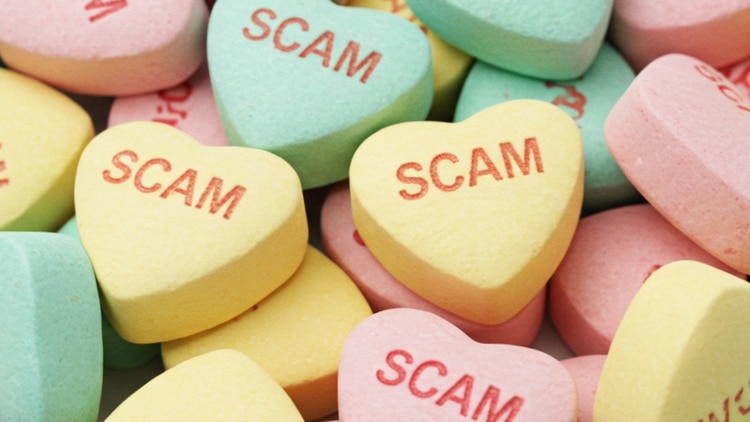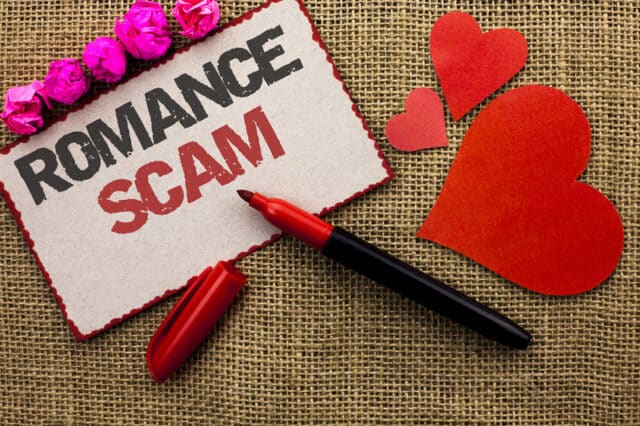Better Late Than NEVER To Be WARNED …
BEWARE! of These Top Valentine’s Day SCAMS
via the Better Business Bureau (BBB):
This Valentine’s Day is shaping up to be big, according to projections by the National Retail Federation, which suggests that total consumer spending may reach $27.5 billion.
As you prepare to celebrate, there are a few common scams that you need to be aware of. Whether hoping to spark a new relationship or buying gifts for loved ones, beware of these scams regularly reported to BBB.

Imposter websites. Consumers should always be alert for impostor websites, from fake jewelry sellers to online dating sites. Red flags of imposter websites include products being available at extreme discounts, being asked to pay with cash transfer apps or cryptocurrency, or if customer service is unreachable.
Romance scams. Romance scammers often target vulnerable people who have experienced a recent breakup or hardship. Red flags for romance scams include the relationship moving very fast, you never meet in person, and they ask for money.
Wrong number scam. Responding to a text message from someone who messaged the wrong number might seem harmless. The text message, however, is bait to lure you into a conversation to get your personal information. Red flags of wrong number scams include messages that don’t stop, the sender directs you to sign up for a website, or they try to get your personal information.
Fake florist scam. Ordering flowers? Don’t procrastinate or you may end up falling for a scam. Don’t let phony florists ruin your Valentine’s Day. Common red flags of this scam include no reviews of the business (always check BBB.org!), you can’t find a return policy or satisfaction guarantee, or the deal is “too good to be true.”
If you encounter a suspected romance scam, cut off all contact with the perpetrator by blocking their accounts and phone number. Then, report your experience to BBB.org/ScamTracker. Dating site users should also report suspicious activity to the platform so they can take action against the scammer’s account.











